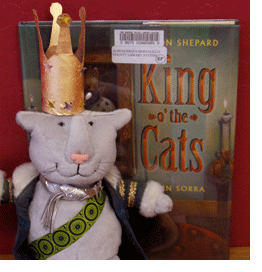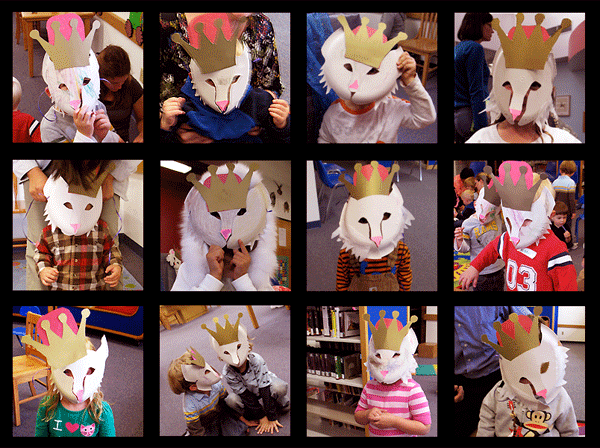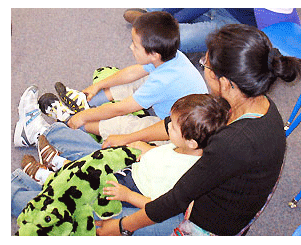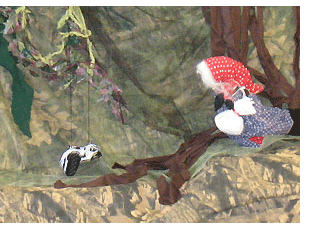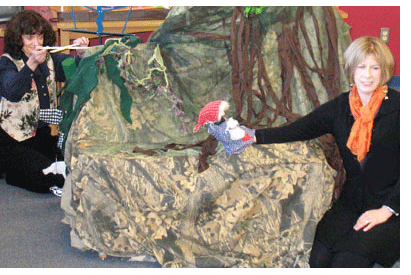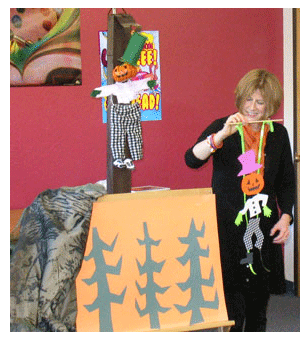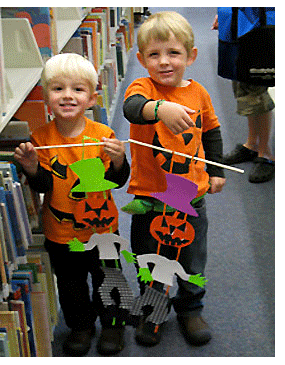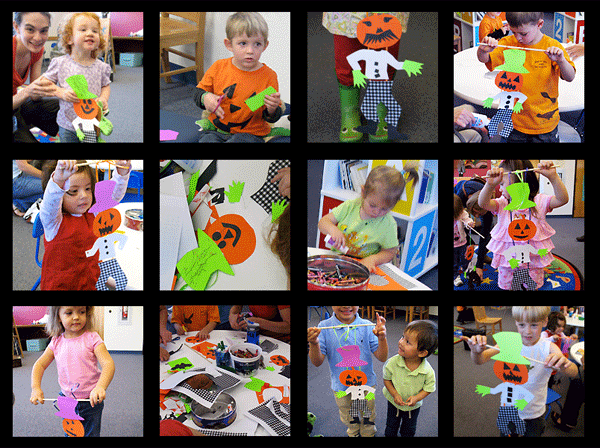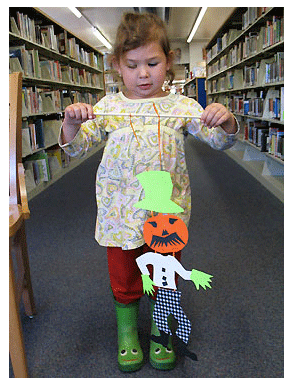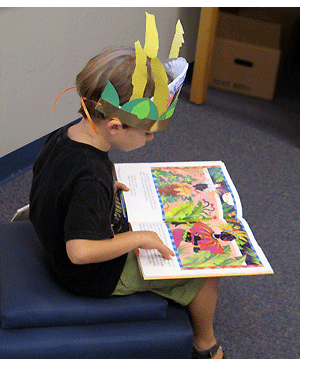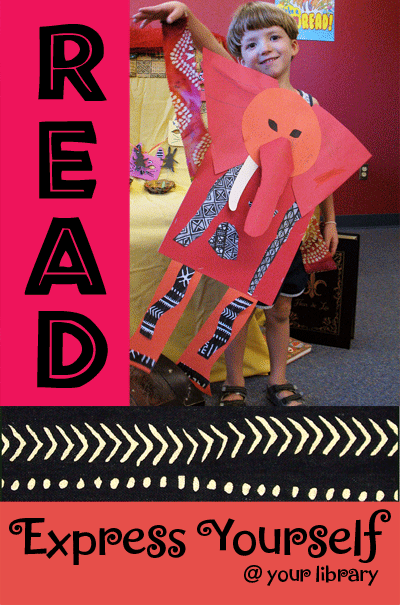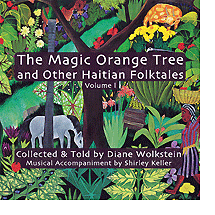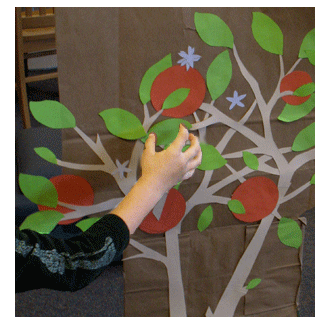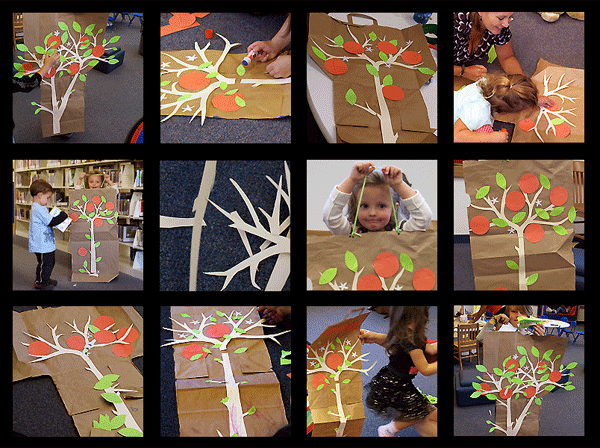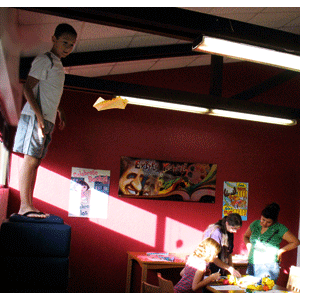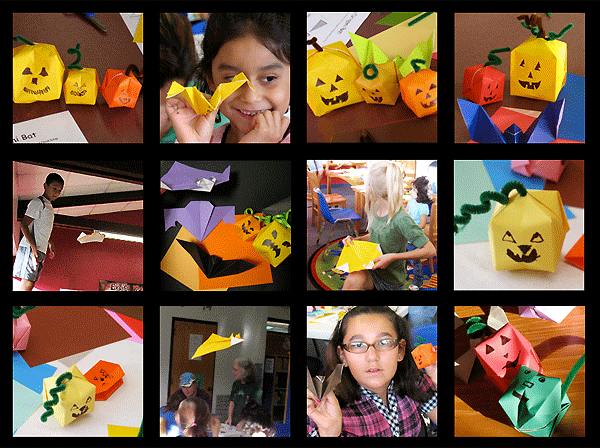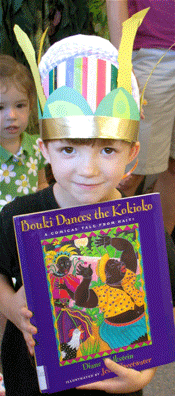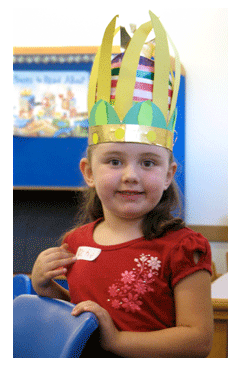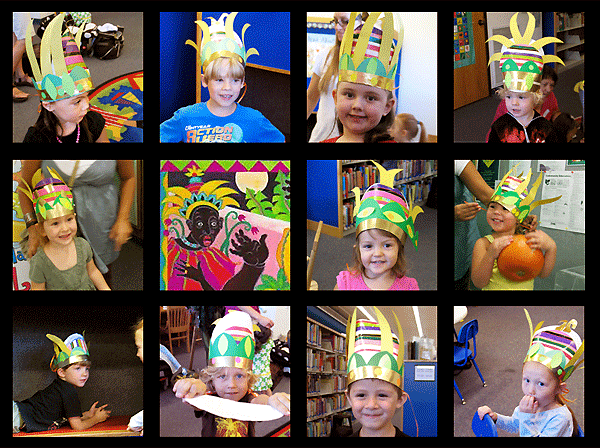 …and to celebrate, I made a new READ poster, with my colleague Gail modeling her new Halloween hat! She is reading the delightful book, Halloween Hats, by Elizabeth Winthop and illustrated by Sue Truesdell.
…and to celebrate, I made a new READ poster, with my colleague Gail modeling her new Halloween hat! She is reading the delightful book, Halloween Hats, by Elizabeth Winthop and illustrated by Sue Truesdell.
I’m looking forward to combining my own hat collection with the library’s dress-up trunk hats for a hat-licious Halloween storytime on Saturday.
Page the Bookworm will be back from his travels this week for Page Presents on Friday, with the scary story, “Wait ’til Martin Comes.” There will be cats, and more scary cats!
And tomorrow, our branch manager, Linda Kennedy, and I are going to our neighboring elementary school’s first-ever Family Literacy Night! I’ll be presenting a workshop on using library databases for homework help, and Linda and I are presenting a storytime workshop including some of our flute and harp music. I’m going to tell the story of “The Conjure Wives” along with my poem, “Coyote and Kokopeli Help with the Spring Cleaning.”
On Saturday, Linda and I gave another storytime performance with music at the nearby Barnes & Noble store, which was sponsoring (along with the Friends of the Library) a book fair benefiting children’s programs for the Albuquerque/Bernalillo County Library System. I told the Zulu tale, “Unanana and the Enormous One-Tusked Elephant.”
It was a treat to tell in their beautiful children’s performance space, with its towering trees inspired by Ernest Shepard’s illustrations of the Hundred Acre Wood and Owl flying overhead. The acoustics were incredible. It was like a cone of silence with no sounds from the store intruding. There was enough reverb to make our flute and harp music sound rich and full, yet we could hear each other with crystal clarity. I hope we’ll have other opportunities to play music and tell stories there!
I’ll post some pictures when I get a chance. This month is way too full of good things!
{ 1 comment }

